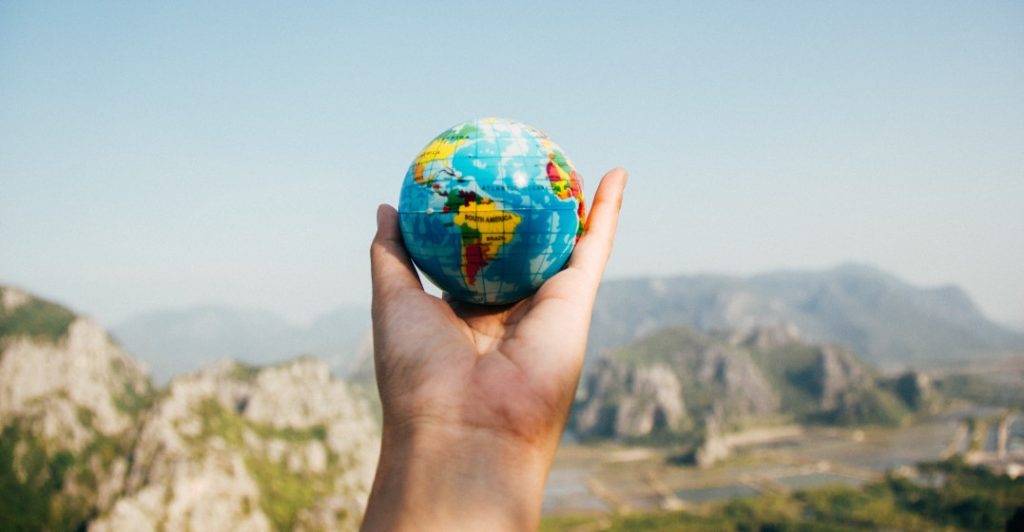Languages are spoken everywhere. All social animals, be it as small as ant to as large as whales, do communicate, but it’s only humans who have developed a full-fledged communication skill through language, at least as we know it.
From smaller groups to native populations. From smaller cities to vast continents, there’s so much diversity in the language that it’s hard to keep track of how many are there. The best estimate would be more than a million.
We have something fascinating for you here. Today, we want to talk about :
Top 10 countries with the most languages in 2020
1. Papua New Guinea — 840 languages

This country is in Oceania with the capital being Port Moresby. Papua New Guinea is one of the most culturally diverse countries in the world. As of 2019, it is also the most rural, as only 13.25% of its people live in urban centers.
2. Indonesia — 711 languages

Indonesia, officially the Republic of Indonesia, is a country in Southeast Asia and Oceania, between the Indian and Pacific oceans. It consists of more than seventeen thousand islands, including Sumatra, Java, Sulawesi, and parts of Borneo and New Guinea.
3. Nigeria — 517 languages

Nigeria, an African country on the Gulf of Guinea, has many natural landmarks and wildlife reserves. Nigeria has a diverse geography, with climates ranging from arid to humid equatorial.
4. India -456 languages

India is one of the largest democracies in the world with varied climate conditions. New Delhi being the capital of the country, India has a diverse culture.
5. United States — 328 languages

One of the superpowers of the world is located in the majority of the North American continent. It consists of 50 states, with a diverse ecosystem. Washington DC is the capital and New York being the financial capital.
6. Australia -312 languages

This is the 6th largest country in the world. And it is the largest in Oceania. Australia also happens to be the smallest continent in the world and comprises some most liveable cities in the world according to various surveys like Melbourne and Sydney.
7. China -309 languages

China, officially the People’s Republic of China is a country in East Asia. It is the world’s most populous country, with a population of around 1.4 billion in 2019. Covering approximately 9.6 million square kilometers, it is the world’s third-largest country by area.
8. Mexico — 292 languages

It is one of the most Spanish-speaking countries in the world. And most of its population lives in urban areas comprising to be almost 70%. It borders with the United States and is a country in North America.
9. Cameroon — 274 languages

It is a Central African country of varied terrain and wildlife. Large numbers of Cameroonians live as subsistence farmers. The country is often referred to as “Africa in miniature” for its geological and cultural diversity.
10. Brazil — 221 languages

It is the largest country in both South America and Latin America. At 8.5 million square kilometers and with over 211 million people, Brazil is the world’s fifth-largest country by area and the sixth-most populous.


